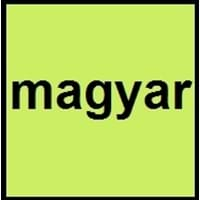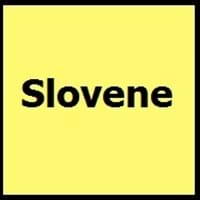Hungarian vs Slovene
- Hungarian language has only preserved most of its ancient elements.
- 'Magyar' is the Hungarian name for the language, the 'Magyar' is also used as an English word to refer to Hungarian people.
- The Freising Monuments is the oldest preserved records of written Slovene from 10th century.
- The first Slovene book was printed in 1550.
Hungarian and Slovene Language History
Comparison of Hungarian vs Slovene language history gives us differences between origin of Hungarian and Slovene language. History of Hungarian language states that this language originated in 1192 AD whereas history of Slovene language states that this language originated in 972-1093. Family of the language also forms a part of history of that language. More on language families of these languages can be found out on Hungarian and Slovene Language History.
Hungarian and Slovene Greetings
People around the world use different languages to interact with each other. Even if we cannot communicate fluently in any language, it will always be beneficial to know about some of the common greetings or phrases from that language. This is where Hungarian and Slovene greetings helps you to understand basic phrases in Hungarian and Slovene language. Hungarian word for "Hello" is szia or Slovene word for "Thank You" is Hvala. Find more of such common Hungarian Greetings and Slovene Greetings. These greetings will help you to be more confident when conversing with natives that speak these languages.
Hungarian vs Slovene Difficulty
The Hungarian vs Slovene difficulty level basically depends on the number of Hungarian Alphabets and Slovene Alphabets. Also the number of vowels and consonants in the language plays an important role in deciding the difficulty level of that language. The important points to be considered when we compare Hungarian and Slovene are the origin, speaking countries, language family, different greetings, speaking population of these languages. Want to know in Hungarian and Slovene, which language is harder to learn? Time required to learn Hungarian is 44 weeks while to learn Slovene time required is 44 weeks.





